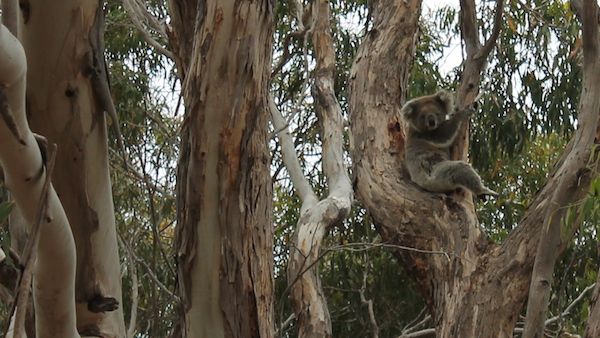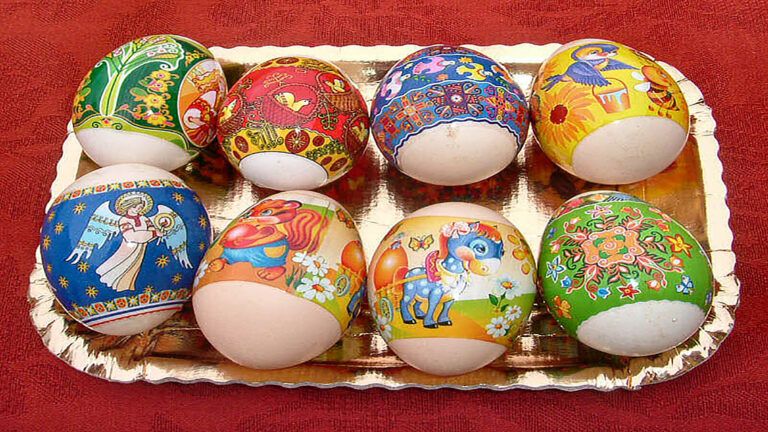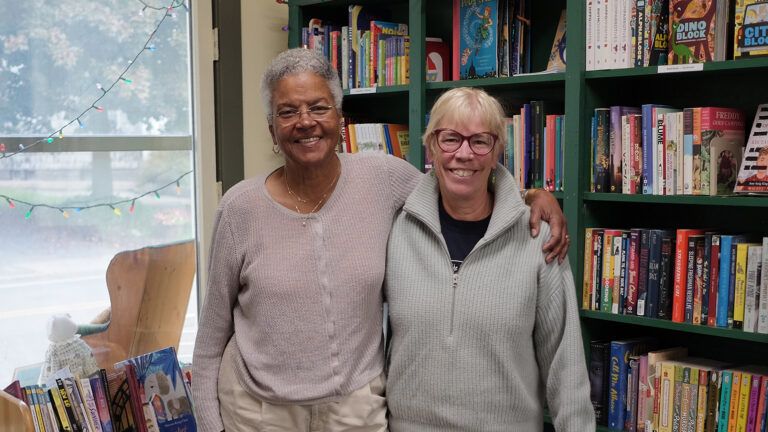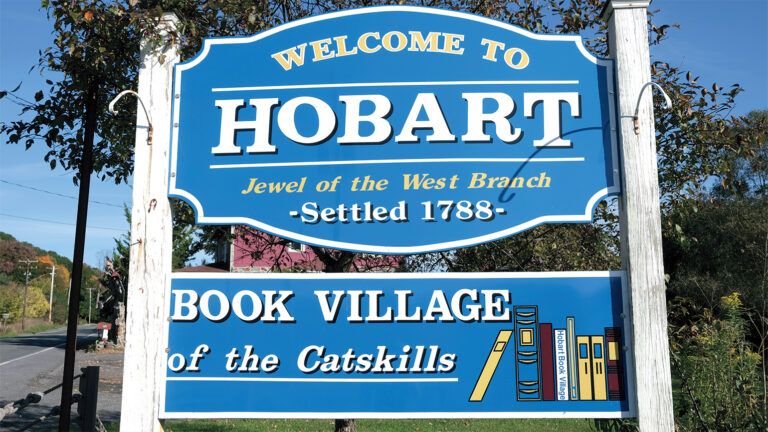“How many koalas did you see?”
My wife and I were entering Flinders Chase National Park on Australia’s Kangaroo Island, an island which, despite its name, is known primarily as the home to the world’s largest koala population. There are more koalas than people on the island, our guide had assured us; we were guaranteed to see more than one of the sleepy-eyed lumps nestled among the trees. But the two backpacking women who were leaving as we came in looked frustrated when we asked about their experience. “How many koalas?” one of the women huffed. “None.” Her friend nodded. “Must be the weather.”
No koalas? But we’d come all this way!
A three-week journey to Australia, a trip of a lifetime. We’d flown into Sydney almost two weeks earlier, and immediately caught a prop-plane to Hamilton Island for our first experience: a two-day, two-night catamaran sail around the Whitsunday Islands. There we’d gone swimming with stingrays and lemon sharks amid the blinding white sands and impossibly blue waters of Whitehaven Beach; we’d snorkeled with the tropical fish on the southernmost reaches of the Great Barrier Reef system; and spent the evenings in a sheltered lagoon under a canopy of stars, watching giant sturgeon (so big, we thought they were dolphins) dart in and out of the dim glow of the boat’s taillights.
At our next stop, Port Douglas, we took a tour of the Daintree Rainforest, where we were fortunate enough to catch a rare glimpse at the elusive cassowary—known colloquially as the “last dinosaur”—an odd-looking emu with a bright blue neck, red waddle, and mohawk-like horn atop its head.
Around Sydney, we’d hiked through the Blue Mountains, discovering serene waterfalls and babbling brooks at every turn, before spending New Year’s Eve at the Royal Botanical Gardens, overlooking the Sydney Opera House and Harbor Bridge for the most fantastic fireworks display I’d seen in my life.
Now we’d gone out of our way to stop here, an island off southern Australia, to see one of my favorite animals, koalas, in the wild before flying to meet my wife’s relatives in Perth. I’d fulfilled my dream of holding one at a wildlife park in Port Douglas, but while that was a cute photo op, I wanted the authentic experience. How could there be no koalas here? It was an overcast day, windy, cold—but did that mean the koalas had gone into hiding?
“Just look up,” our guide said. “Look with the right eyes.”
We followed the trail, weaving in and out of the eucalyptus trees, both shelter to the koalas and their primary food source. A poisonous plant, the leaves are so difficult to digest that eating them expends nearly all of a koala’s energy. No, koalas don’t get “high” off the plant—they get the mother of all tummy aches. As a result, they spend most of the time sleeping, curled up in the high branches.
“Look! Up there!” my wife called out.
I looked up. The branches were silhouetted against the sky, it was difficult to make out much of anything. I squinted, then widened my eyes as far as they would open. Where was he?
Then I followed the trunk up from the ground to where it began to branch out. And I saw him. The light seemed to form a halo around him. His furry face stared at me from high above.
My wife proved to be pretty good at spotting koalas—she spotted 11. I wasn’t quite as good—though I did spot some kangaroos, lounging in the shade. As I left the park, I thought about those two women who’d seen nothing. They had koalas all above them! Where had they been looking? Had they known what to look for?
How many amazing things do we miss every day? Walking the path, our minds somewhere else, our eyes fixed on our iPhones. After my day on Kangaroo Island with the koalas, I’ll remember to look up. Look longer, deeper. Pay more attention. There are koalas all around us (metaphorically)… we just need to look with the right eyes.
What have you seen when you’ve stopped to look? What’s surprised you? Tell us about your unexpected discoveries, at home and abroad.





